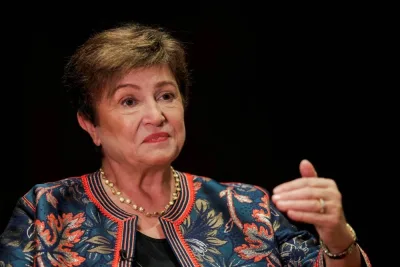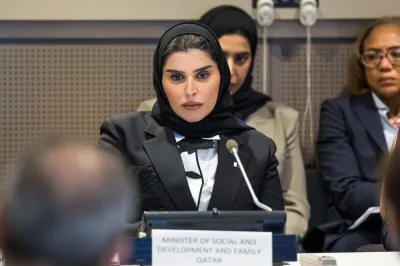Bloomberg
Ottawa
For the first time, China has a real shot at getting the International Monetary Fund to endorse the yuan as a global reserve currency alongside the dollar and euro.
In late 2015, the IMF will conduct its next twice-a-decade review of the basket of currencies its members can count toward their official reserves. Including the yuan in this so-called Special Drawing Rights system would allow the IMF to recognise the ascent of the world’s second-biggest economy while aiding China’s attempts to diminish the dollar’s dominance in global trade and finance.
China would need to satisfy the Washington-based lender’s economic benchmarks and get the support of most of the other 187 member countries. The Asian nation is likely to pass both tests, said Eswar Prasad, who until 2006 worked at the IMF, including spells as heads of its financial studies and China divisions.“It will certainly help China’s objective of making the renminbi a more widely-used currency,” said Prasad, a professor of trade policy at Cornell University in Ithaca, New York, and senior fellow at the Brookings Institution in Washington. Renminbi is China’s official name for the yuan.
Reserve-currency status for the yuan would make central banks, particularly those in developing economies, more eager to hold yuan assets and “diversify at the margin away from dollars,” as well as euros, yen and Swiss francs, Prasad said.
Approval hinges partly on whether the IMF reverses its 2010 decision that the yuan wasn’t “freely usable.” There’s growing evidence that the currency may now pass this test, after already qualifying on the IMF’s other condition of being a large exporter.
The proportion of China’s trade that’s settled in yuan has risen to about 20%; the market for yuan-denominated Dim Sum bonds has grown to $72.9bn from nothing in just seven years; and the government has loosened controls on foreigners’ access to its financial markets.
China has also signed agreements to trade the yuan freely in cities from Hong Kong and Singapore to Frankfurt and London.
The IMF said in an e-mailed statement that since the last review, “there have been a number of developments regarding the RMB’s international use, and the upcoming review would take stock of these developments.”
SDR status will happen when conditions are right, and governments and officials, “including those working at the IMF,” are aware of the appetite in global markets for the yuan, People’s Bank of China Deputy Governor Yi Gang said in October.
The PBoC didn’t respond to a faxed request for comment.
There’s a “very high chance that the yuan will be included in the SDR,” Nathan Chow, an economist at DBS Group Holdings who previously worked at the Hong Kong Monetary Authority. “Both political and economic circumstances are conducive,” Hong Kong-based Chow said.
China’s currency will probably be more widely used than the yen and the pound in financial markets and trade in a few years, and the government should lobby other countries to have it included in the SDR basket, the Shanghai Development Research Foundation said in a report this year.
The yuan’s share of money transferred around the globe rose to a record 1.72% in September, making it the seventh most-used currency, according to the Society for Worldwide International Financial Telecommunication, the La Hulpe, Belgium-based cooperative that processes international funds transfers for more than 10,000 banks and other customers in 215 countries.
The IMF created the SDR in 1969 to support the Bretton Woods system of fixed exchange rates after supplies of gold and dollars proved inadequate. Owning SDRs gives countries a claim to the four currencies in the basket: the dollar, euro, yen and UK pound.
About $300bn in SDRs are outstanding globally, according to the IMF. They accounted for $52bn of the $135bn in US official reserve assets as of November 28, Treasury Department figures show.
The yuan is still dwarfed by the dollar in terms of usage in international trade and finance.
When quoting countries’ foreign reserves, the IMF lumps it into its “other currencies” category, which accounts for just 3% of the $6.3tn in allocated holdings. The dollar has a 60.7% share, with 24.2% taken up by the euro and 3.9% by the pound.



